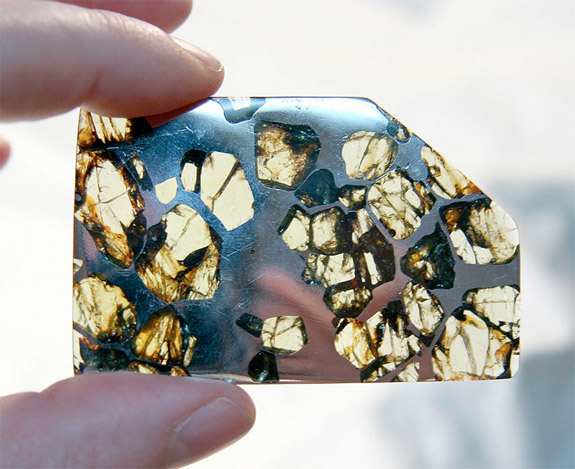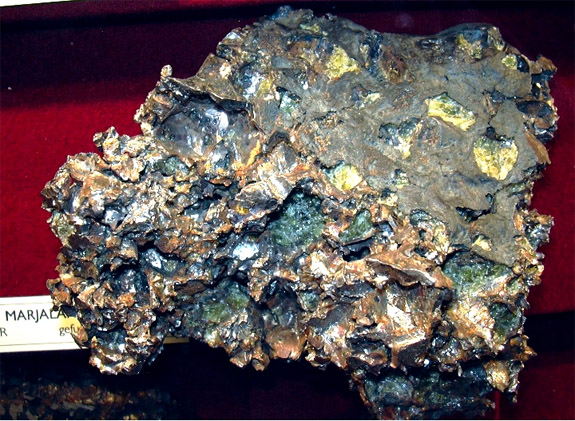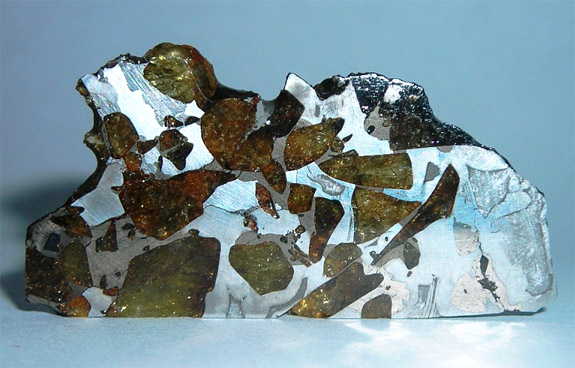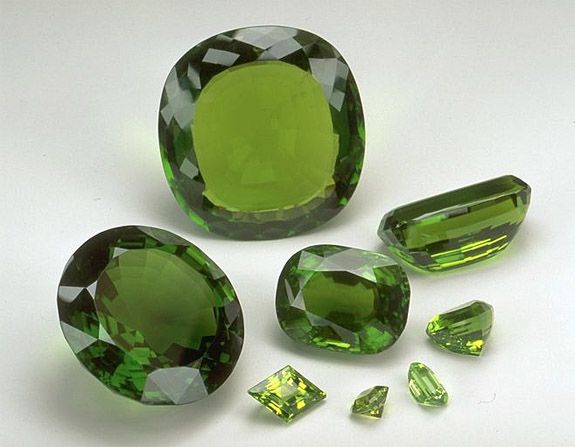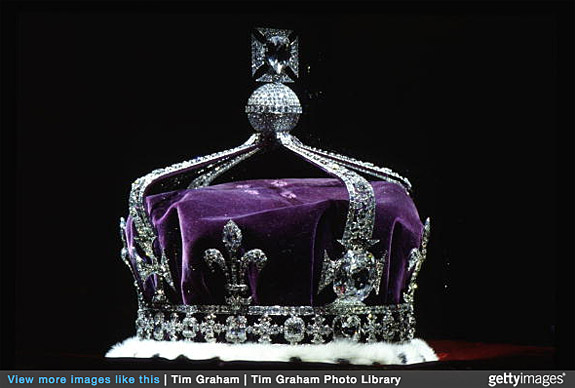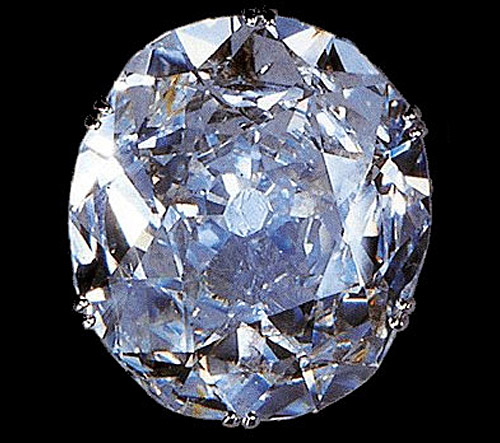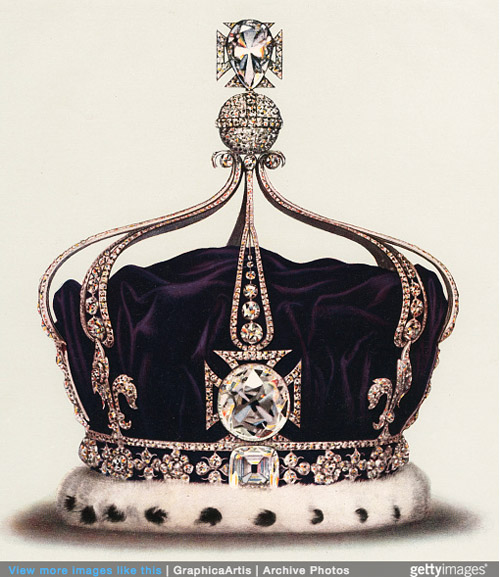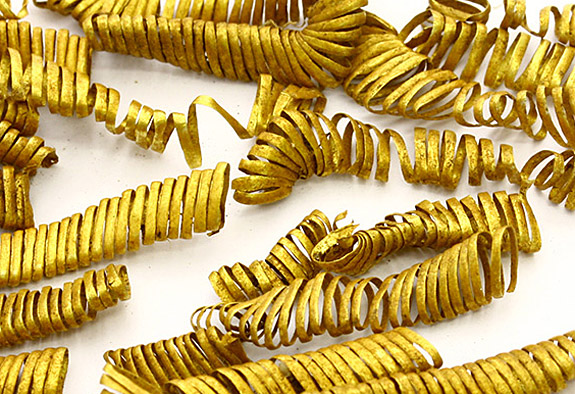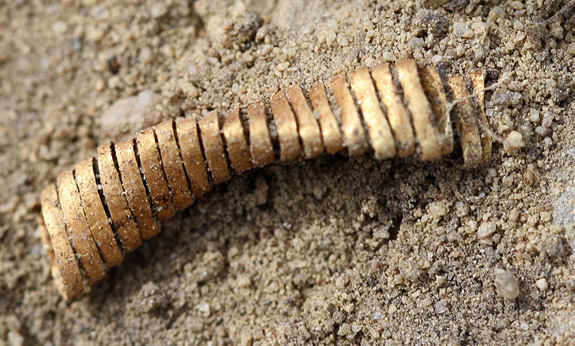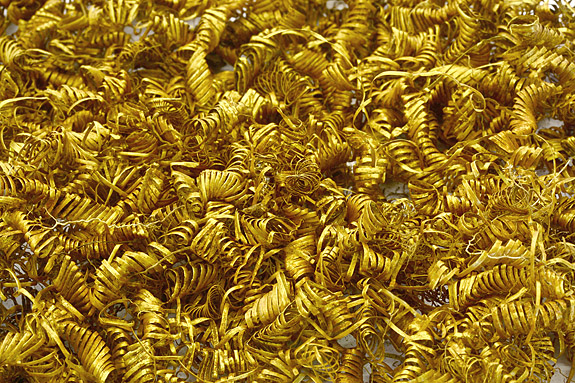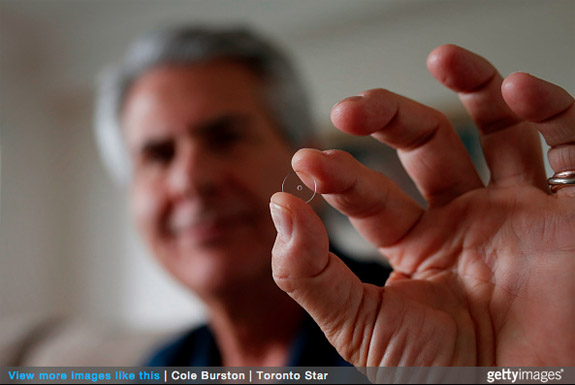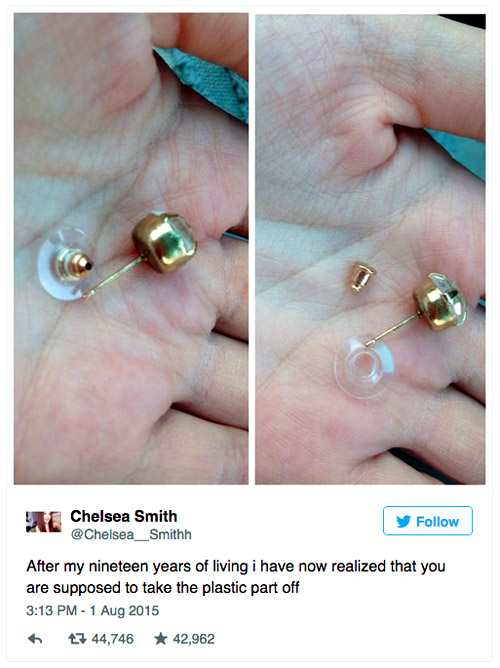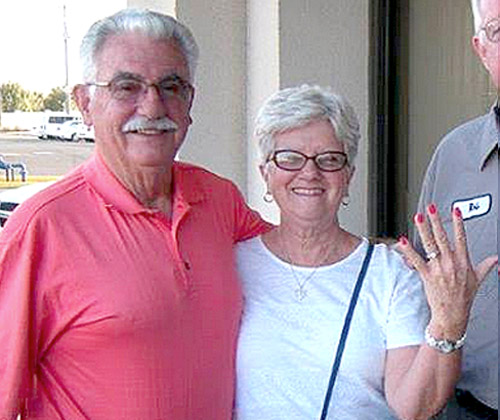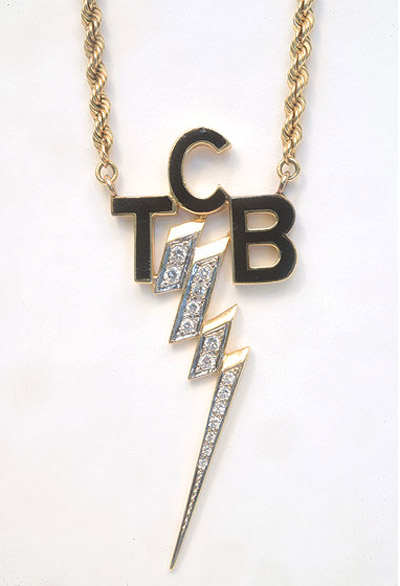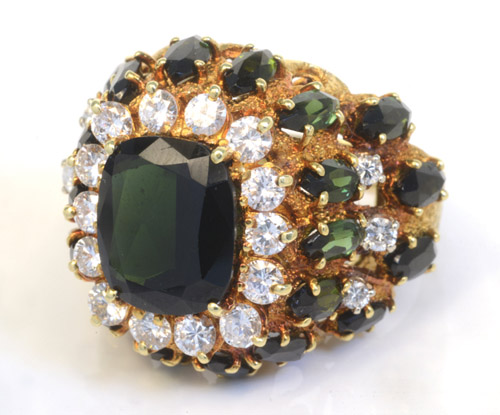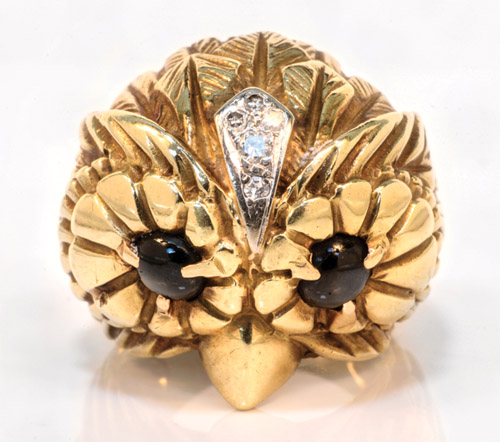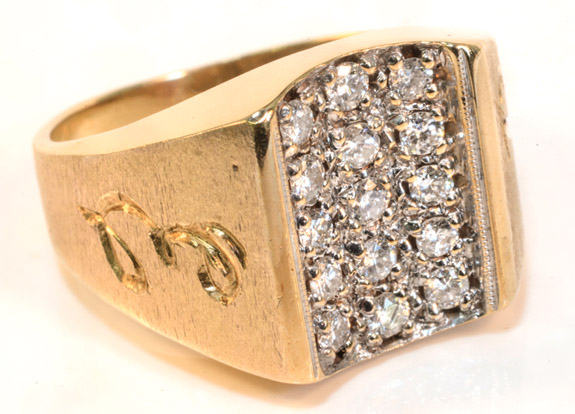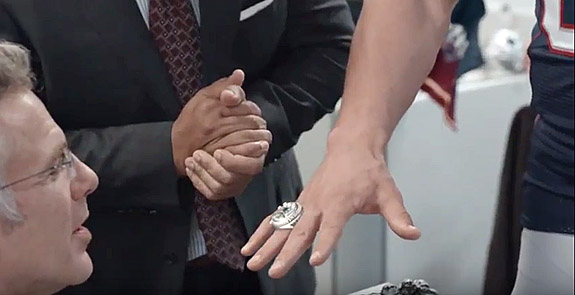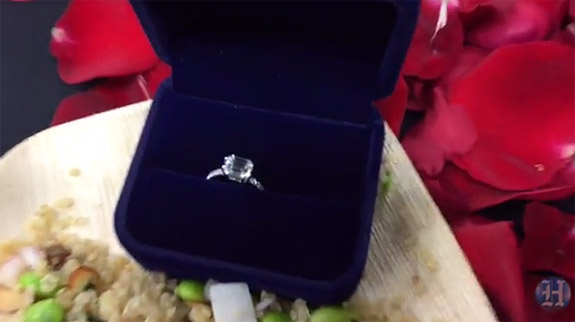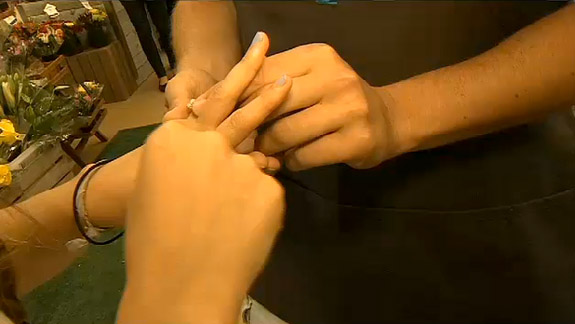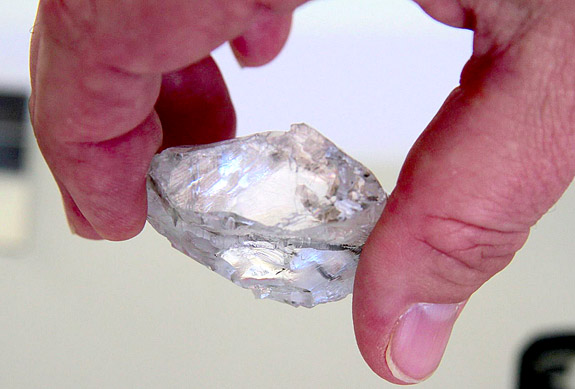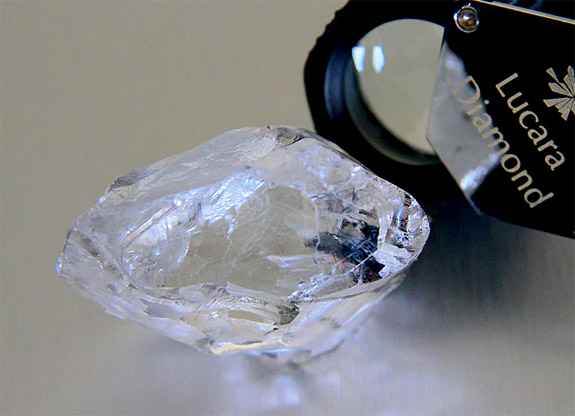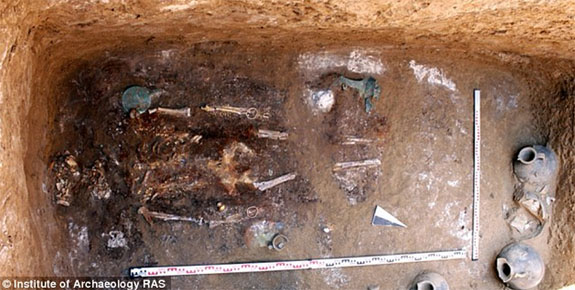August 3rd, 2015
Florida treasure hunters struck it rich when they recovered $1 million in Spanish gold coins and chains from the site of a 300-year-old shipwreck just off the coast, near Ft. Pierce. The discovery of 52 gold coins, 40 feet of gold chain and 110 silver coins was announced on the 300th anniversary of the fateful sinking of the Spanish treasure ships known as the 1715 Plate Fleet.
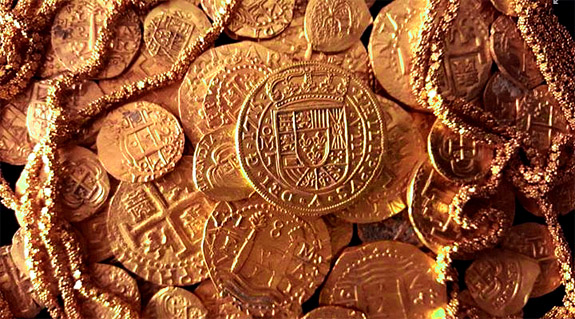
A hurricane decimated the historic fleet on July 30 and 31, 1715 — killing 1,000 sailors, sinking 11 of the 12 ships and leaving untold treasures scattered across the ocean floor. The ships had departed from Havana, Cuba, a week earlier and had been loaded with precious resources destined for Spain. The bounty included gold and silver coins, gold bars, emeralds, pearls and Chinese porcelain.
The Schmitt family of Sanford, Fla., found the precious bounty with the help of a metal detector about 1,000 feet off coast at a depth of 15 feet. The family was working the site under a contract with 1715 Fleet-Queens Jewels LLC, which holds the exclusive rights to explore the wrecks. The Schmitts and 1715 Fleet-Queens Jewels will share the take 50-50 after the State of Florida receives its portion of 20 percent.
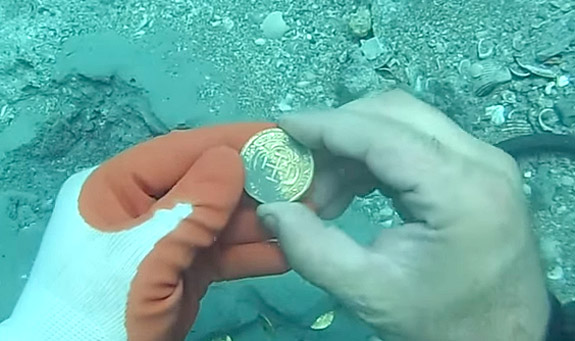
Among the Spanish coins recovered were examples of the Tricentennial Royal — special coins that were minted specifically for the king of Spain. Gold coins dating to the early 1700s were often misshaped because the weight and quality of the precious metal was far more important than aesthetics. A certain number, however, were made perfectly round so they could be presented to the king, Philip V.
Amazingly, the coins and chains looked to be in perfect condition, despite being under sand and saltwater for three centuries. That's because gold is one of the least reactive chemical elements and is extremely resistant to corrosion.
The Schmitts' lucky find actually took place on June 17, but the family held off the announcement so it could coincide with the 300th commemoration of one of the worst maritime disasters in history.
Eric Schmitt told National Geographic that his family's treasure hunting expeditions rarely yield anything of value. "Typically we excavate empty holes and find beer cans," he said.
But on the morning of June 17, the outcome was much different. First, he found one gold coin and then there were more. "It was absolutely unreal," Schmitt said.
Witness Schmitt's unbridled joy as he happens upon the treasure in this underwater video...
Credits: Facebook/1715 Fleet - Queens Jewels, LLC; YouTube screen capture

A hurricane decimated the historic fleet on July 30 and 31, 1715 — killing 1,000 sailors, sinking 11 of the 12 ships and leaving untold treasures scattered across the ocean floor. The ships had departed from Havana, Cuba, a week earlier and had been loaded with precious resources destined for Spain. The bounty included gold and silver coins, gold bars, emeralds, pearls and Chinese porcelain.
The Schmitt family of Sanford, Fla., found the precious bounty with the help of a metal detector about 1,000 feet off coast at a depth of 15 feet. The family was working the site under a contract with 1715 Fleet-Queens Jewels LLC, which holds the exclusive rights to explore the wrecks. The Schmitts and 1715 Fleet-Queens Jewels will share the take 50-50 after the State of Florida receives its portion of 20 percent.

Among the Spanish coins recovered were examples of the Tricentennial Royal — special coins that were minted specifically for the king of Spain. Gold coins dating to the early 1700s were often misshaped because the weight and quality of the precious metal was far more important than aesthetics. A certain number, however, were made perfectly round so they could be presented to the king, Philip V.
Amazingly, the coins and chains looked to be in perfect condition, despite being under sand and saltwater for three centuries. That's because gold is one of the least reactive chemical elements and is extremely resistant to corrosion.
The Schmitts' lucky find actually took place on June 17, but the family held off the announcement so it could coincide with the 300th commemoration of one of the worst maritime disasters in history.
Eric Schmitt told National Geographic that his family's treasure hunting expeditions rarely yield anything of value. "Typically we excavate empty holes and find beer cans," he said.
But on the morning of June 17, the outcome was much different. First, he found one gold coin and then there were more. "It was absolutely unreal," Schmitt said.
Witness Schmitt's unbridled joy as he happens upon the treasure in this underwater video...
Credits: Facebook/1715 Fleet - Queens Jewels, LLC; YouTube screen capture




